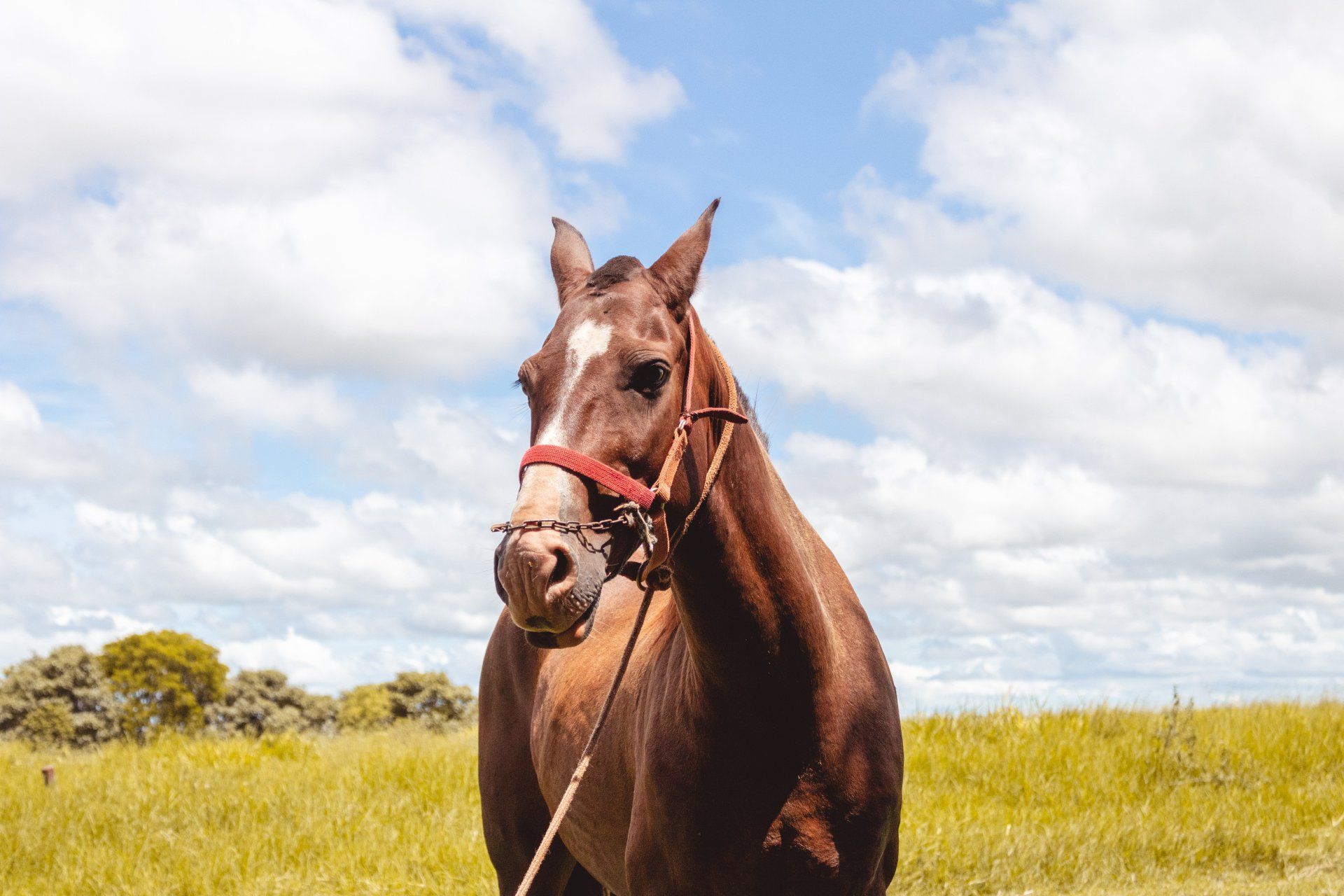New Cat Guidelines
New AAFP Vaccination Guidelines
As veterinary medicine evolves, there are constant discoveries that are made. One of the newest changes in veterinary medicine is the newest cat vaccination guidelines. The American Association of Feline Practitioners (AAFP) is the most respected organization of cat veterinarians in the United States. They have recently concluded a major research project in which they examined both the duration of immunity (how long the vaccinations protects against disease) and the standard recommendations of the most common cat vaccines. They are also looking at the most important vaccinations and risk factors for cats. It is through these efforts that the AAFP has recently announced new vaccine guidelines. These new guidelines are intended to best protect your cat against various diseases, while at the same time giving them the fewest amount of vaccinations that are needed.
The AAFP first identified three distinct groups of cats. Once a cat is categorized, the AAFP designed specific vaccine protocols for each group. The three various groups are termed: low risk, medium risk and high risk. Though there are not exact black and white lines to identify these groups, it is currently the best distinction that can be made for your kitty. This serves to emphasize the importance of a thorough history during the annual physical examination. Below is a general description of each group:
HIGH RISK : This group includes any cat that spends extended time outside. These cats can be exposed to other cats in the area, making them prone to various diseases. They also tend to fight more often, which makes them vulnerable to additional diseases, such as Feline Immunodeficiency Virus.
MEDIUM RISK : This is probably the hardest area to identify and classify cats. These are cats that have a moderate risk of exposure. They include multiple cat households, cats that are outside for short periods of time with their owners supervising them and cats that have access to screen doors and screened in porches/ windows. These cats are not likely to get into fights, but can come into contact with stray cats through the screens.
LOW RISK : These cats are the ones that have no access to other cats. They are at a very low risk for contracting diseases. The easiest example is a spayed or neutered cat that has been declawed on all four paws and lives in a single cat household within an apartment building.
The AAFP still feels that the most important aspect of feline care and preventive care is the comprehensive medical examination. This is in agreement with our practice philosophy of emphasizing the physical examination above all other aspects of care. The Seville Wadsworth Veterinary Clinic prides ourselves as being on the forefront of veterinary medicine and animal care in the Wadsworth, Seville, Lodi, Rittman, Creston and Surrounding areas of Wayne county and Medina County. We are constantly remaining up to date and on the cutting edge of the standard of care for your pets, both cats and dogs alike. We are highly regarded and looked to with respect by other veterinarians in the area. Please check out our additional articles that further explain the new guidelines.
This is part 1 of 2 regarding the newest feline vaccination protocols.
Written by Jeffrey R. Fink D.V.M. on behalf of Seville Wadsworth Veterinary Clinic.
Located on Greenwich Rd in Seville, Ohio (between Rawiga Road and Guilford Road)













